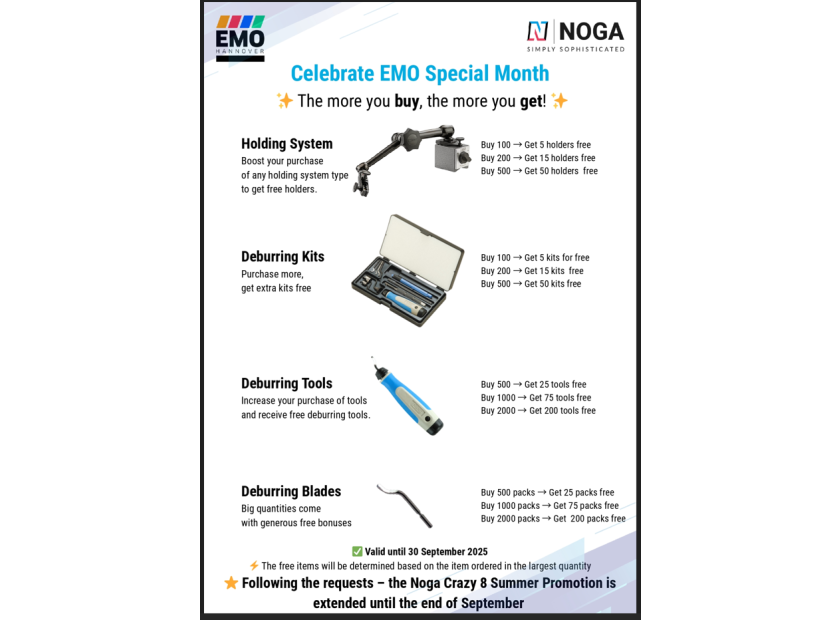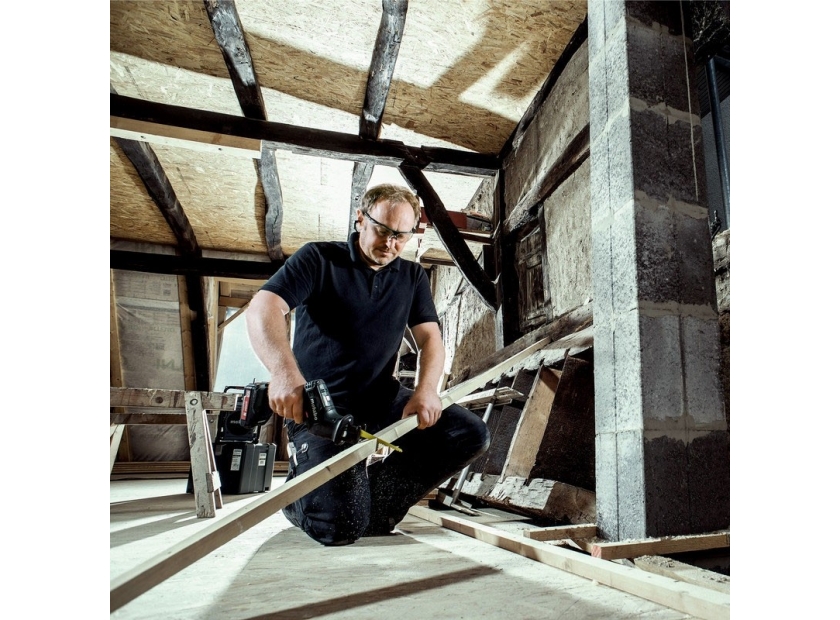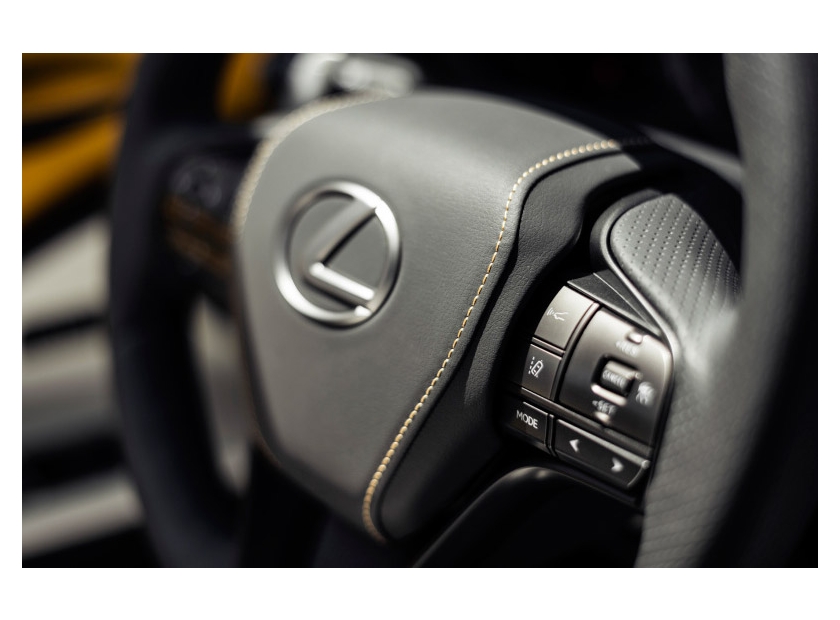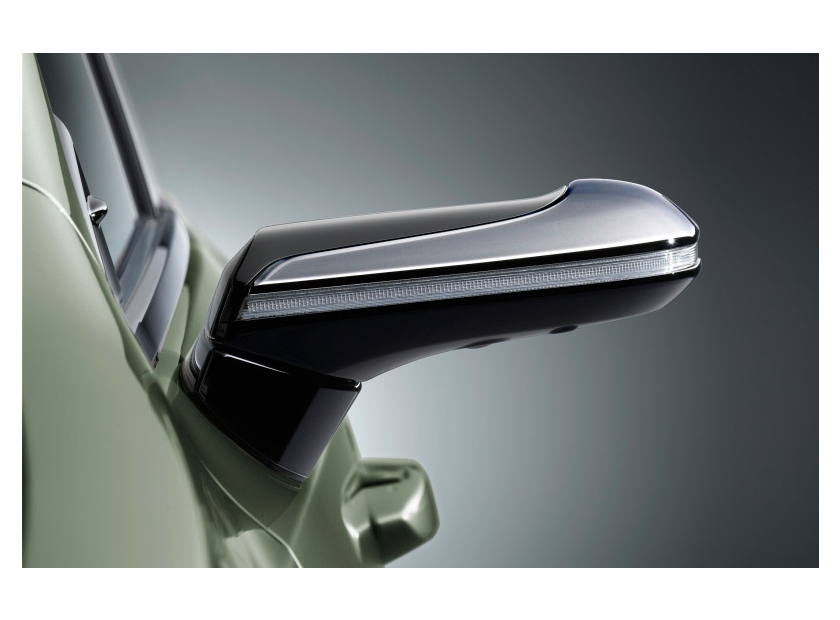Vi opsamler cookies til at gøre oplevelsen bedre. Når du benytter vores website, giver du samtykke til anvendelsen af cookies. Læs mere.
Nyheder
-
Posted: September 11, 2025Categories: ExhibitionLæs mere
Tilbuddet er
gældende tll 30/9-25


-
Posted: June 28, 2024
-
Posted: November 17, 2021Categories: Mechanic ToolsLæs mere
Dewalt recently announced a new cordless electrical cable stapler, model DCN701, which they say is 2X as fast as manual hammer stapling (using a DCB203 2.0Ah battery stapling 12-2 Romex in 2×4 wood).
The new Dewalt cordless cable stapler is designed for fastening NM-B (Romex) type wires and cables, and can also be used for low voltage applications. There’s a proprietary guide that helps users drive staples safely and accurately over cables. Translation: there’s a staple guide that helps prevent users from stapling through cables.

-
Posted: November 17, 2021Categories: Mechanic ToolsLæs mere
Skilsaw sent me a rather cryptic email in mid-August, directing me to a teaser video and newsletter sign-up page for a new tool they were coming out with.
10 days later, they announced the new tool, their new Skilsaw Buzzkill reciprocating saw, which they claim provides “up to 35%” more vibration suppression over competing models.
A corded recip saw that promises lower vibration? Sounds good to me, although I haven’t been won over just yet.
The new Skilsaw Buzzkill, SPT44A-00, is Skilsaw’s debut into the linear cutting market, although it should be noted that there are plenty of Skil-branded entry-level and consumer models available.
If your recall, Skil and Skilsaw were acquired by Chervon, from Bosch. Before that, Skilsaw sought to relaunch their brand identity separate from Skil, presumably to hone their “for pros” image, separate from Skil’s more entry-level and consumer-focused reputation.
Some of
-
Posted: November 17, 2021Categories: Mechanic ToolsLæs mere
If you buy something through our links, ToolGuyd might earn an affiliate commission. Bosch GKF125CE Colt Router
The new Bosch GKF125CE Colt palm router has earned the title of “longest tool tease,” at least as far as handheld woodworking tools go.
We first wrote about it 2 YEARS ago, after a reader caught sight of a Lowes.com product listing. A new listing popped up a few months ago, but it was only today that Bosch officially announced it.
So what happened? I’m guessing that it was an in-development product that Lowes’ datafeed somehow picked up on early, or something like that. It was surely delayed, and since it was only officially announced today, we probably won’t ever find out why.
Since it’s been 2 years, and more information has been made available, it’s worth taking a new look at the router. You might think that corded palm routers aren’t very exciting, but I’ve been particularly eager to see this one launch.
It features a 1.25 hp (MAX) 7.0
-
Posted: November 17, 2021Categories: Mechanic ToolsLæs mere
Over at Rockler, they came out with a new super-sized version of their silicone project mat. The “project mat XL” is 23-1/2″ wide x 30-1/4″ long, which they say is ideal for standard-sized workbenches.>/p>
The mat is easy to clean, since wet glue rinses off and dried glue peels off. It’s also soft, and textured on the top so that it can trap debris that could otherwise scratch or dent your project.

There is a non-textured zone that serves as a small screw or fastener trap.
Since silicone is also heat-resistant, you can use this when working with hot glue guns as well.
The XL project mats also feature interlocking ribs on the ends, face down on one size, and face up on the other. This means that you can create seamless connections for extending the protective matting across a larger work surface.
-
Posted: November 17, 2021Categories: CarLæs mere
Lexus is readying itself for the Pebble Beach Concours d'Elegance, and for the occasion, the carmaker is introducing a new concept version of the LC in a striking color scheme.
The Flare Yellow exterior paint is coupled with dark, forged alloy 21" wheels and a carbon fiber roof. The yellow color continues on the inside, as the alcantara door panels match the outside. The leather seats also feature yellow stitching, as do the instrument panel, the center console and the glovebox.
The yellow car is the second stage in the Lexus LC Inspiration Series, and it was preceded by a blue LC500 in October 2017. Well, we say blue, but Lexus claimed the special paint itself had no blue pigment, and the impression of color was just the product of nano-structures embedded in the paint, which reportedly took eight months to produce. With the yellow paint, there are no such claims, but we wouldn't be surprised if Lexus told us it was made from crushed yellow pearls.In addition
-
Posted: November 17, 2021Categories: CarLæs mere
Porsche unveiled a special continuation model at this year's Monterey Car Week called Project Gold, a 1998 Porsche 911 Turbo 993. And while it may look as though it was simply a 993 given a flashy coat of paint and corresponding interior, the story is more complicated than that, as we learned from Porsche's factory restoration manager, Uwe Makrutzki. In reality, it's the most carefully, obsessively built 993 to come out of Porsche.
First some background on the project. Makrutzki told us that the first discussions for Project Gold began about two and a half years ago, and they began because of a confluence of happenings at Porsche. Porsche's 70th anniversary of car building was coming up, and Porsche Exclusive Manufaktur had just launched its own special vehicle, the 911 Turbo S Exclusive Series. Porsche Classic, the department that handles restorations, was wanting to do something special, too, inspired by the Exclusive Series 911. Fortunately for the department, they noticed that
-
Posted: November 17, 2021Categories: CarLæs mere
For the entirety of Bentley's 100th year in business, the English carmaker will adorn its products with a Centenary Specification. The package consists of unique badging with specially developed Centenary Gold badge highlights, available Centenary Gold thread for the headrest logos, contrast stitching and cross stitching, and a "centenary welcome light" outside the vehicle. The in-house craftsmen have also developed unique embroidery.
Bentley says the gold hue was inspired by metalwork on vintage models like the 1919 EXP 2 (pictured, red and silver) and 1929 Birkin Blower (pictured, green), the latter one of the company's Le Mans winners driven by Sir Henry "Tim" Birkin. The hue possesses an "elegant warm tone and a deep fluid shadow." The steering wheel badge, key fob, shift knob, and wheel center caps feature the tinted ring. The "B" badge on the radiator surround also features "1919-2019" script, and that script is found on the tread plates, too.
For those who don't know,
-
Posted: November 17, 2021Categories: CarLæs mere
Concept cars have been trying to replace side mirrors with cameras for decades, and now Lexus is actually going to do it on a production car. There's one important caveat though: It's only for Japan.
First implemented for the recently redesigned (and recently reviewed) 2019 Lexus ES, the side mirrors are being replaced with small, aerodynamic camera stalks. Those small cameras tucked into the stalks provide a constant video feed to five-inch screens placed at the base of the car's A-pillars. The biggest reason manufacturers are pushing this kind of tech is to improve aerodynamics. Swapping those side mirrors out for something much smaller creates less drag, and ultimately, better fuel economy.
Lexus says there are a couple other advantages for going digital here too. For one, the camera modules are able to resist the accumulation of raindrops and snow due to their design. There's also less wind noise since the mirrors cut through the air so well. This will become even more















